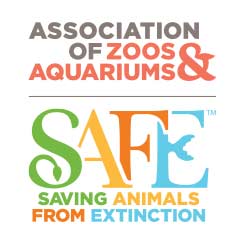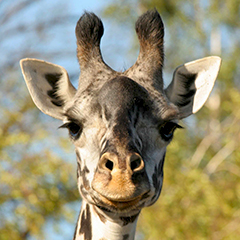With only 15,000 individuals remaining in the wild, the reticulated giraffe, also known as the Somali giraffe, has experienced a 56% decline in population over the last three decades, plummeting from an estimated 33,000 individuals. Giraffes face a number of threats, including poaching, disease and habitat loss due to agriculture and urban development.
Although the majority of reticulated giraffe populations are located in Eastern Kenya, conservation efforts within the region have been restricted due to the area’s inaccessibility. The Somali Giraffe Project (SGP) is committed to the conservation and recovery of this isolated giraffe population. Through research, education and community involvement, SGP works to combat those threats and secure a sustainable future for this endangered species.
Conservation initiatives include:
- Running an anti-poaching program to recruit and train local volunteers, including reformed poachers, to help reduce illegal activities
- Removing wire snares from wounded giraffes, and collecting data on snaring hotspots to prevent future accidents
- Monitoring for zoonotic and other opportunistic diseases in giraffes, and providing local communities with veterinary services to control and curb potential disease outbreaks
- Engaging the community through public rallies, seminars and workshops to increase conservation awareness
- Nurturing and mentoring the next generation of conservationists through school visits, field activities and career mentorship
- Reducing human-giraffe conflict




